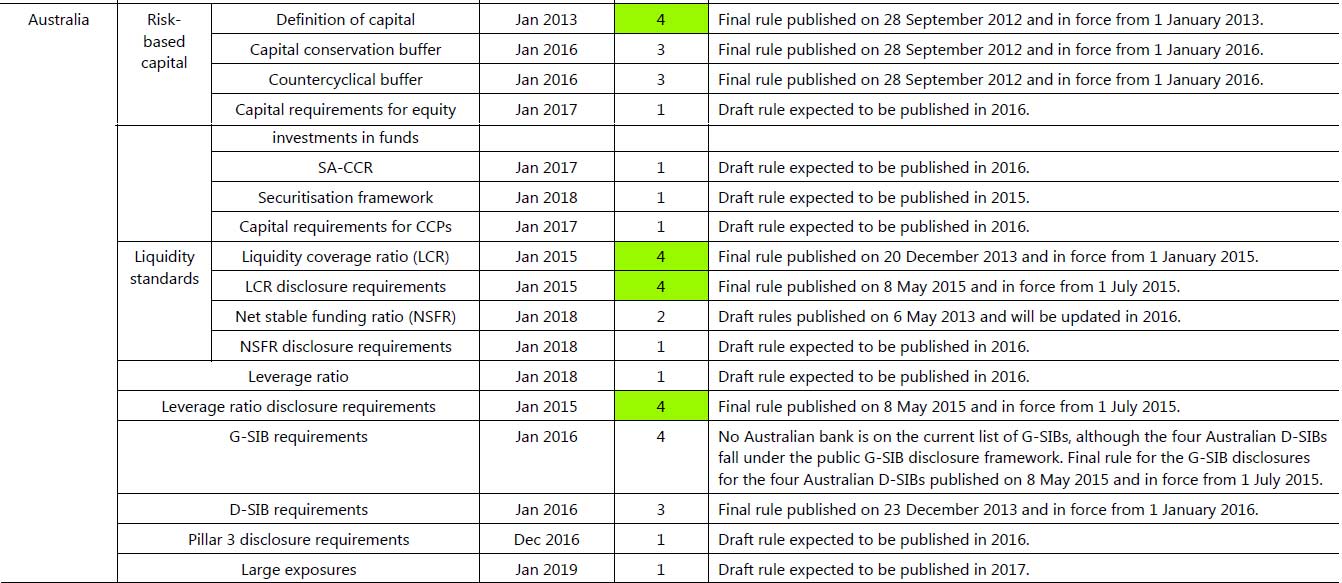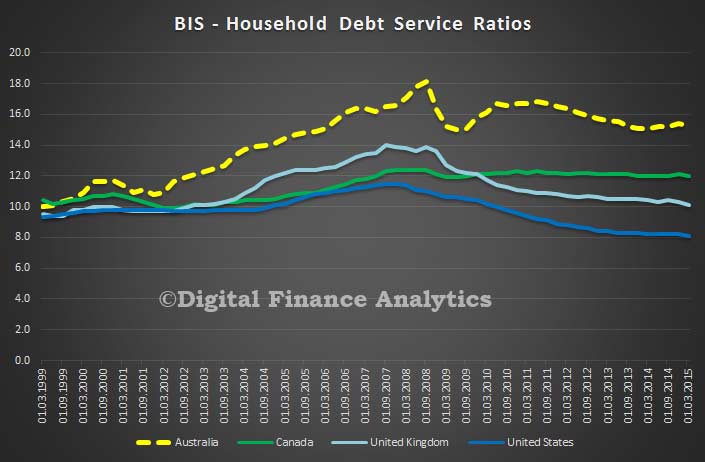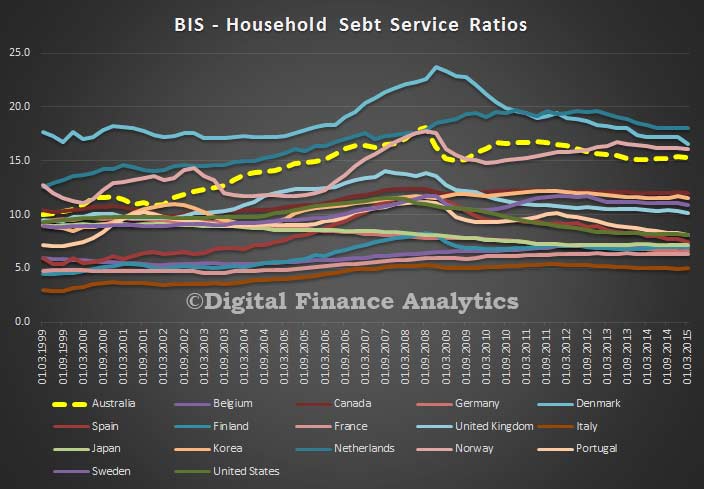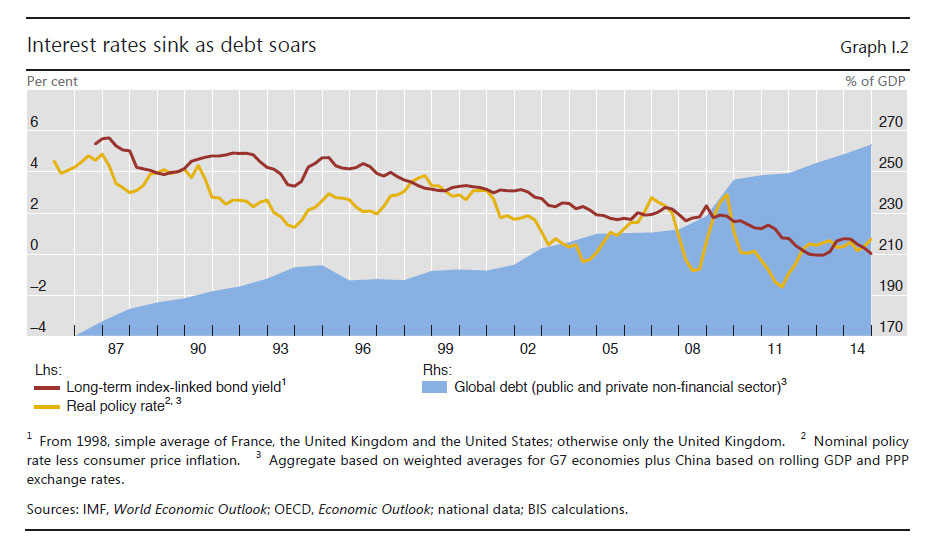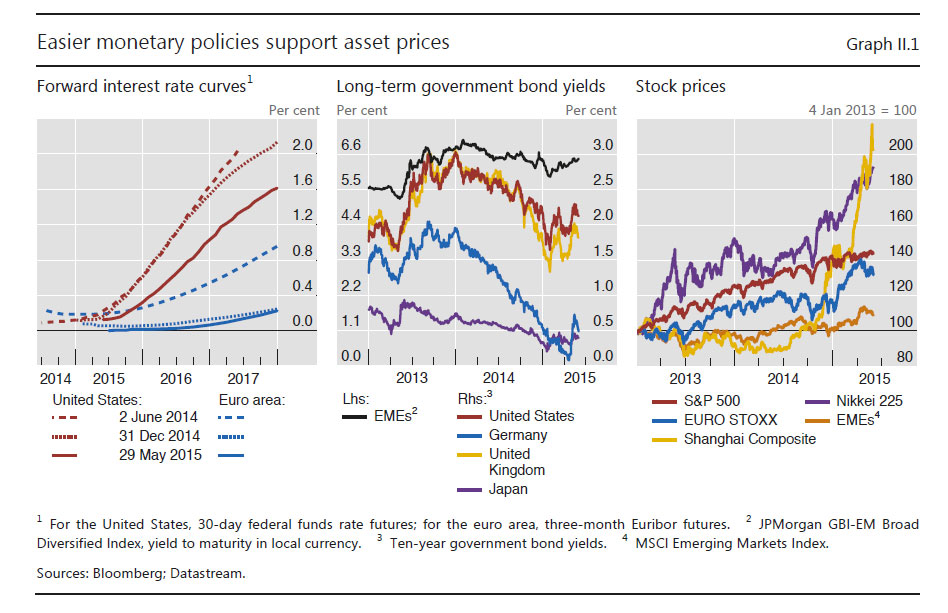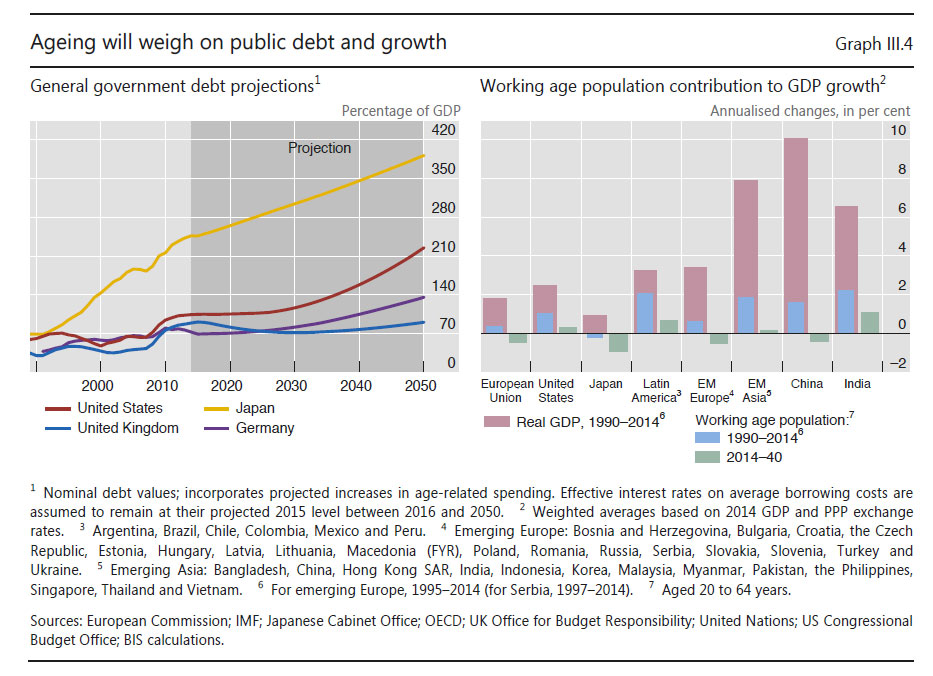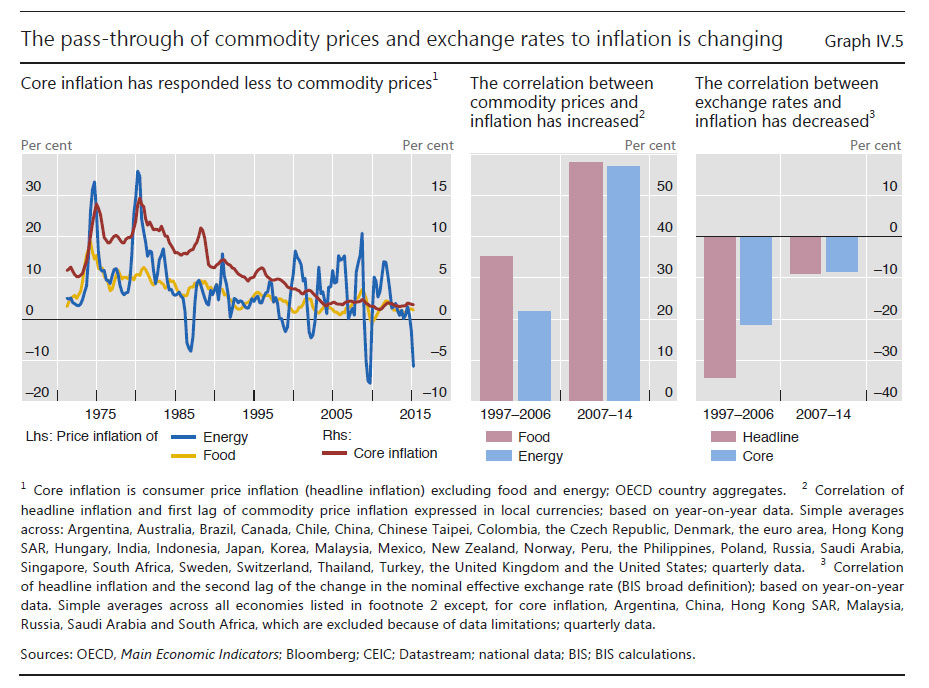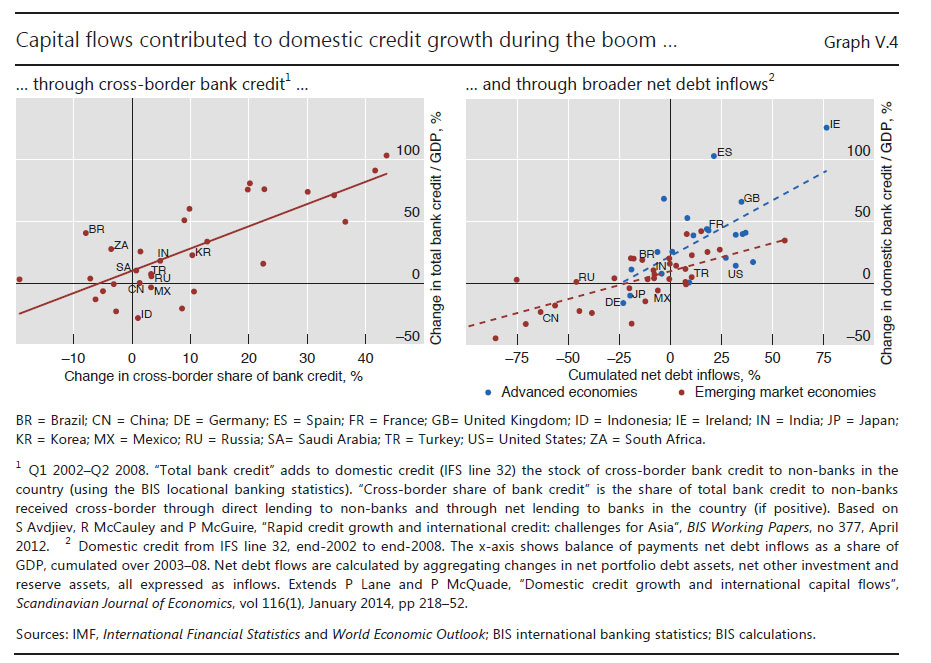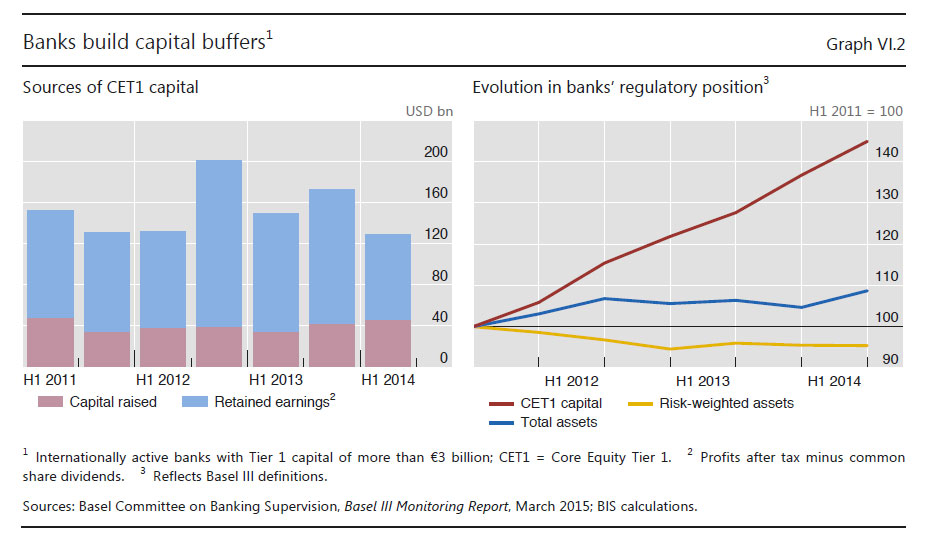Dinosaurs are an often-used means of illustrating how “Darwinism” works. We still don’t really know why those creatures – which ruled the earth for millions of years – suddenly became extinct. Some make volcanic eruptions responsible; others cite meteorites or a sharp drop in sea level as a possible explanation. In any case, the assumption is not that dinosaurs ceased to exist because they could not cope with their new environment or adapt quickly enough. Applying this diagnosis to the financial sector, where banks have reigned throughout the last few centuries, and supposing that the digital transition indeed constitutes a new environment for banks, one may pose a rather provocative question: are banks dinosaurs that will one day become extinct? You may guess that I do not share this doom scenario, so let me start out by describing my views on the evolution of the banking business.
The digital era may indeed be considered a new environment for banks. Digitalisation of the financial sector is an irrevocable change that came about due to several factors.
First, the digitalisation of the financial sector has been fuelled by the development of highly effective, state-of-the-art technologies like broadband networks, advances in data processing and the ubiquity of smartphones. And there is a premise that is common to virtually all technological advances in market economies in the last few centuries: when a product becomes available, sooner or later it creates its own demand and puts market forces into action.
That means technological and social changes are intertwined. Bank customers are becoming increasingly open to digital banking. Think of innovative concepts such as online video consultation services, digital credit brokerage and the incorporation of social media into banking. Banking is still a “people business”, but it’s no longer reduced to proximate and personal relationships. So there is plenty of demand for use of the technological potential of digital banking: cheap and quick automatised processes, solutions for complex financial issues, service tailored to customers’ individual needs.
A fundamental challenge that banks now face is that in some business fields, we may expect a sudden and rapid change of the game that is being played. One rather obvious case in point is that of payment services. Service providers such as PayPal or Apple have implemented payment systems geared to consumers in a digital environment. Once customers become used to a new way of paying, competitors offering similar products will certainly have difficulties trying to convince customers to switch providers. The pioneer may have a decisive advantage.
Now, in evolutionary terms, the question is whether banks can adapt quickly enough. Banks have used IT for decades, but these fast-moving times present wholly new possibilities for its use: P2P lending becomes feasible, internet and mobile applications are sprouting up and internet giants such as Google or Facebook are cultivating “big data” methods. These enterprises have grown up with – at times – entirely new perceptions of business, work and life. And they have the appropriate staff. That may be crucial. It is one thing to build new ideas, but quite another to incorporate them into the company DNA.
Traditional banks, on the other hand, typically do not have a digital DNA. Theirs is an analogue world in which they have refined their knowledge about banking over decades and built up a customer relationship based on trust. Think of areas like investment advice and corporate finance as well as banks’ own business of generating synergies between business strands. The question now is: what part of their knowledge is still valuable and what part do banks need to reframe?
However, we cannot predict how the financial sector will look in ten years’ time. There are just too many “unknown unknowns”. Still, there is a recurring fallacy that reduces evolution to a narrow one-way street. If there are new market entrants whose businesses are well-adjusted to the digital environment, banks should be inclined to imitate their behaviour. But – to be clear – there is no one-size-fits-all strategy for digital banking. As in other industries, there will always be demand for more differentiated strategies, for example individual and personalised services as opposed to algorithm-based advice. Also, we should not be surprised to see the focus return to a key component of the banking business: establishing safety and trust.
Furthermore, the digital age does not simply redistribute market shares of a fixed revenue pie: there are also entirely new opportunities for desirable businesses.
Convenient banking is valuable. Banks could benefit from this, either through greater customer loyalty or through additional business volumes resulting from extra services. Win-win schemes are also conceivable in credit markets. “Big data” methods can generate highly informative individual risk profiles. This could enable banks to extend loans to private customers and small businesses which would otherwise not receive any financing. Even investment counselling could benefit. Video-based consulting, for example, does more than reflect modern life style of customers; it may also reduce costs for banks by rendering some branch offices unnecessary.
Other keywords of digital openings are “co-creation”, where customers participate in the development of products, and “multichannel banking”. But my aim today is not to present an all-encompassing overview on digital bank business ideas. Instead, let us move one step back and look at the bigger picture. Reshaping the financial sector doesn’t need to be left to new market entrants. This creative challenge can also be taken up by established banks. Supervisors, too, have an interest in seeing banks engage in innovation if this enhances the functionality of the financial sector and stabilises profitability in the medium and long run.
To sum up, there is an “open end” to the evolution of the digital financial sector. If you ask diehard evolutionists for a forecast of the future, they will merely point to a trial-and-error process that should eventually give us an answer. For an individual company, that is of course not helpful. As a banking supervisor, I am not inclined to attempt a market forecast. Still, there is a bottom line for banks from the line of thought I outlined earlier, namely that it is appropriate neither to blindly imitate nor to stick to old habits. The message to every player in the financial industry is simple: rather than being caught off-guard, banks have to participate actively in shaping future banking services. A new game is being played, and new strategies need to be developed and executed decisively.
3. Cyber risks – an evolutionary attachment to the digital bank
Along with the digitalisation of industries, there is another evolution that warrants our attention. It is a development that is neither intended by the visionaries and trailblazers of the digital world nor beneficial. I am referring to the evolution of cybercrime.
While we cannot predict how banking will look in ten or twenty years’ time, we can be almost certain that risks of fraud, theft and manipulation in banks through cyberspace will continue to rise. The reason is straightforward: digital channels can be used to steal a lot of assets with comparatively little effort today.
Nowadays, a large proportion of banks’ assets and value-generating capability is stored on hard drives and servers. The technical infrastructure facilitates the managing of bank accounts and grants access to money. But it also provides access to vast sources of data. There have been several incidents recently of truly large-scale data theft. Company secrets, too, are at stake. If, for example, the trading algorithms of your bank became known to others through illegal activities, they could be exploited in the market, causing huge losses to banks. In the same way, politically motivated acts of sabotage jeopardise trust in financial functions and integrity.
Looking at those on the other side of cybercrime, the potential attackers – they often have access to far more powerful weapons than before and convenient access through the internet. Targeted attacks on IT systems can originate from anywhere in the world. Hackers often need little more than a laptop with internet access.
Why do we have to expect a continuous evolution in this field? Attack vehicles like computer viruses differ widely and may target any chink in a bank’s defence, rather as human viruses attack biological systems. Its logic follows the arms race between criminals and law enforcers that can be traced down through human history, but is now taking place with digital weapons. What makes this evolution more dangerous still is that we now face a highly complex digital world where progress is constantly being made in technologies and innovations. But, crucially, you cannot risk a trial-and-error process here. Once an easy point of attack is identified in the IT infrastructure, the word will quickly spread and criminals from all over the world will try to exploit the weakness.
On top of this, we need to bear in mind that cyber and general IT risks are not only of a technical nature. The human factor often plays a crucial part. Employees may act in gross negligence, or they may be tricked by a Trojan horse or a phishing mail. In complex IT systems, even small system errors can quickly cause enormous damage. The error-prone human factor can only be eliminated by installing an appropriate system of controls and incentives. In today’s world, this is an important management task.
4. Adaptation as a managerial task
Before IT-related problems came to affect the very core of the digital economy, they were commonly shifted to the IT department. But this approach to IT risks is outdated. Awareness of digital risks and setting up a strategy are now a leader’s duties. If your business crucially relies on digital processing, any strategic decision at the company level requires knowledge and understanding of risks. Besides, we frequently observe that banks find it difficult to reorganise their IT systems. While a complete, “big bang” overhaul may be preferable, it often meets with resistance from many parts of the company. To avoid being locked into more and more outdated structures, banks should not just consider the expected short-term benefits when designing their IT strategy.
Furthermore, the digital world demands from banks’ managers something I would describe as unbiased attentiveness towards new technologies. If banks don’t think “digitally”, they’re going to find it difficult to compete for digital customers.
They have to reassess their client relations and even rethink different lifestyles and social trends. The individual needs and wishes of customers are more pivotal than ever before. Take a look at social networks, at online shopping or even at information research – consumers are already used to having their own needs catered for. Consequently, banks will have to get into the habit of looking at things from the customer’s perspective.
Let us also bear in mind that competition is becoming more global and more transparent, the competitors more diverse. In addition to FinTech companies, other industries with a strong IT focus are only one step away from the banking world. This means that the lines between industries are becoming blurred. Now more than ever, banks need to be aware of what the competition is doing so that they can review and refine their own strategies.
From an evolutionary perspective, adaptability is another essential attribute. The digital world welcomes experimentation, is prone to sudden trends, and is constantly changing. Although the banking industry may not always be subject to all of this constant movement, adaptability is definitely becoming more important. So a flexible IT infrastructure that supports adaptability, for example, will be vital. Business models can also be more open and flexible in structure. Just think of the “digital ecosystem” strategies banks are now deploying.
5. Towards a resilient sector
As a banking supervisor, I am wholeheartedly in favour of the goal of a stable sector. But this should not be understood as adopting a static view towards stability. For a workable financial industry, it is not decisive whether services are provided offline or online, by humans or by automated services. Our yardstick needs to measure whether the sector continues to fulfil its duty towards the real economy, which is to transform risks and provide payment and other financial services. That’s what is meant by a resilient financial sector.
To that end, we have to ensure there are no “dead ends” to the digital evolution in the financial industry. I refer to IT-related risks in particular. If we rely on computers and digitalised processes, we have to make sure that they are reliable and trustworthy. Sector-wide reputation and functionality are at stake. Nowadays, a customer’s personal payment information is stored not only at the bank but at a multitude of service providers and retailers as well. How can a bank ensure the safety of its payment services against a cyber-attack on a retailer’s network or on that of a third-party vendor? Combined efforts should be seen as insurance. You never know who will be the next victim of an attack. And attacks don’t stop at borders, so cooperation of this kind is also needed at the global level. In an interconnected and therefore interdependent financial sector, strengthening the common defence should also be in the banks’ very own interest.
6. Conclusion
Let me restate my views on “digital Darwinism”. Adaptation to a digitalised financial world does not simply require banks to develop new and ground-breaking ideas. It has more to do with a well-adjusted strategy – which means that it’s not just a race between development departments, but between leaders. As a supervisor, I therefore urge that we do not interpret digital competition as a race merely for the most advanced technologies, but for the right mix. This is why I am not in favour of comparing banks to dinosaurs. Traditional banks may typically have a pre-digital DNA, but they are capable of learning, adapting to a digital landscape and cooperating with technological pioneers. And each bank needs to find its own strategy. Banking business itself is as irreplaceable as ever before.
So what will not change? Business success will continue to hinge on entrepreneurial skills. In an increasingly digital finance sector, the role of banking will still be to serve the real economy. And banking is based on trust. To keep this in mind will be key to ensuring a thriving and stable financial sector.
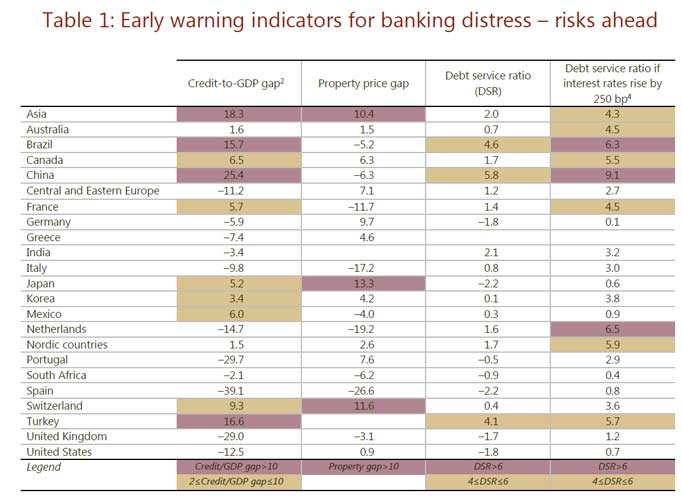 The three beliefs he questions are worth thinking about:
The three beliefs he questions are worth thinking about:

